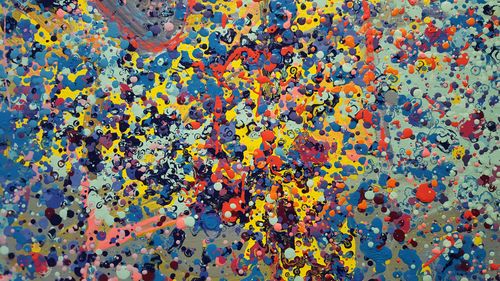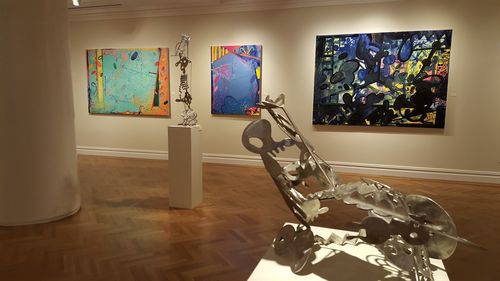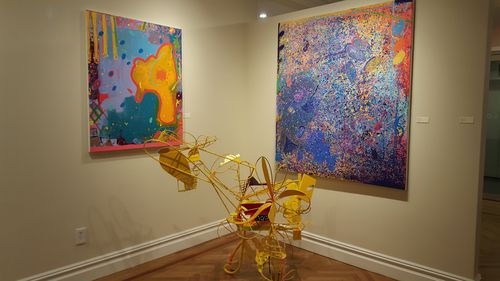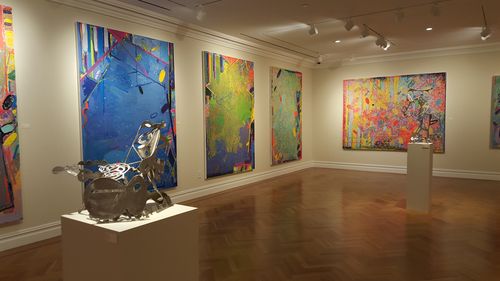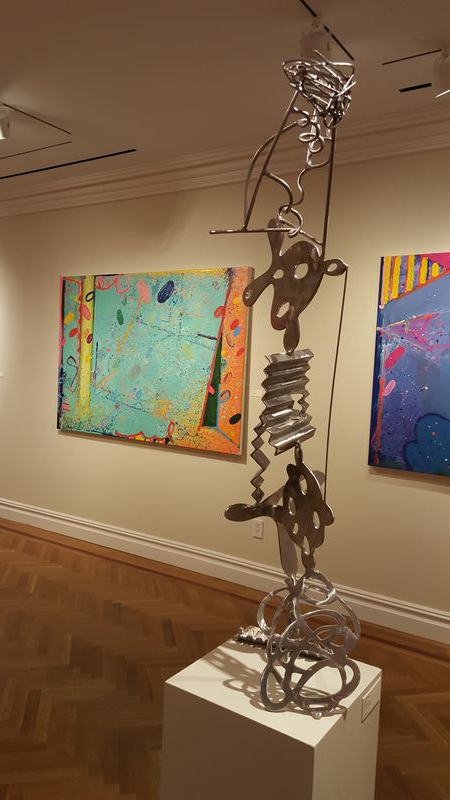James writes:
Please forgive my unrestrained civic excitement at the reopening of The High Bridge, the Roman-style aqueduct and pedestrian footbridge that first brought Croton water over the Harlem River from the Bronx into Manhattan in 1848. Shuttered and neglected for over forty years, the bridge has once again reopened to foot and bike traffic, allowing us to walk in the footsteps of none other than E. A. Poe, who as a Bronx resident used to frequent this engineering wonder.
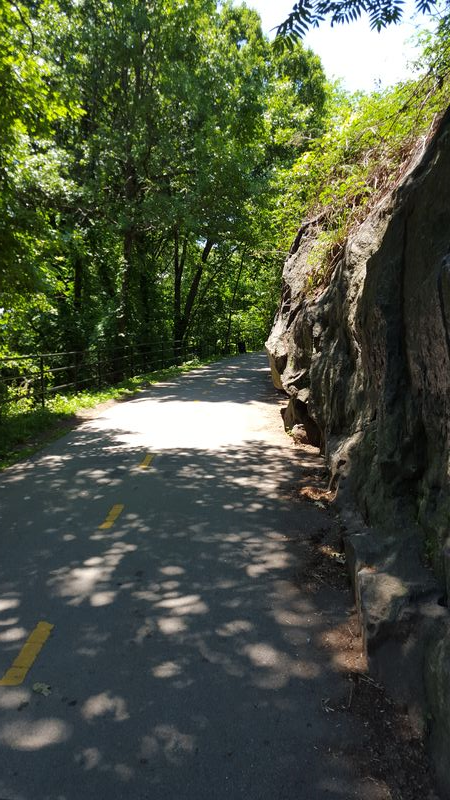
From Manhattan, the bridge can be reached directly by staircase at 172nd Street and Amsterdam Avenue, just past the Highbridge Pool (the site of a former reservoir). Access at grade for strollers, bikes, and wheelchairs is at 168th Street and Edgecombe Avenue, followed by a short, restored path north through Highbridge Park shown here. (All photos: James Panero)
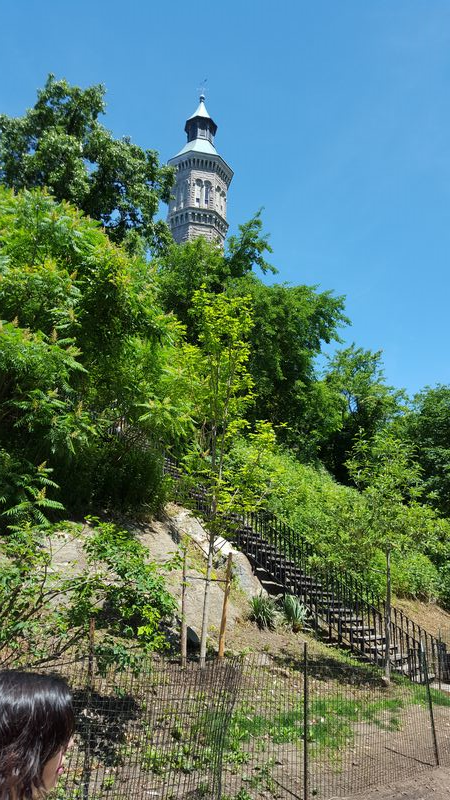
Here is the original restored iron stairway that leads directly down to High Bridge from the Highbridge Tower and pool at 172nd Street. Compare this to pictures of how it looked just a few years ago.
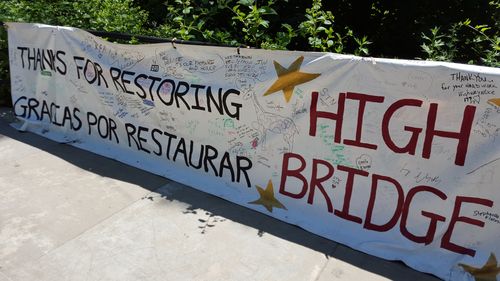
The restoration of the bridge and surrounding park is a dividend of the Bloomberg administration, which spearheaded the revitalization of city parks in underserved neighborhoods. A sign of thanks welcomes visitors.
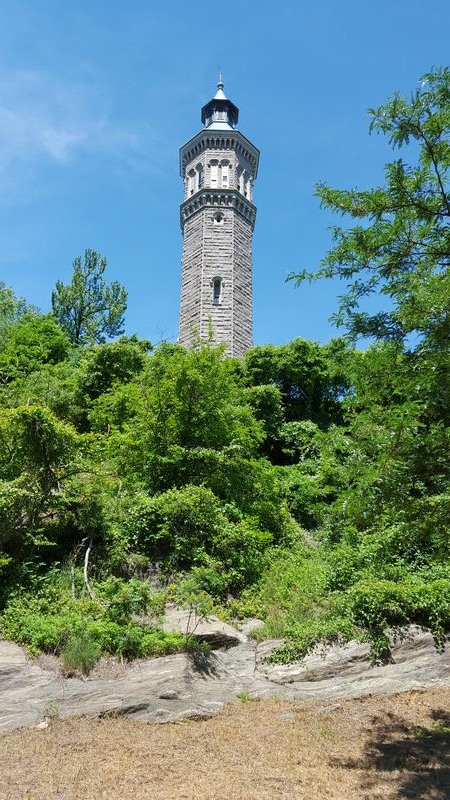
The water tower, directly in line with the bridge, was added in 1872 along with the high reservoir to provide pressure for water distribution in the developing heights of Manhattan. The tower was heavily damaged by arson in 1984 and is now restored but closed to the public.
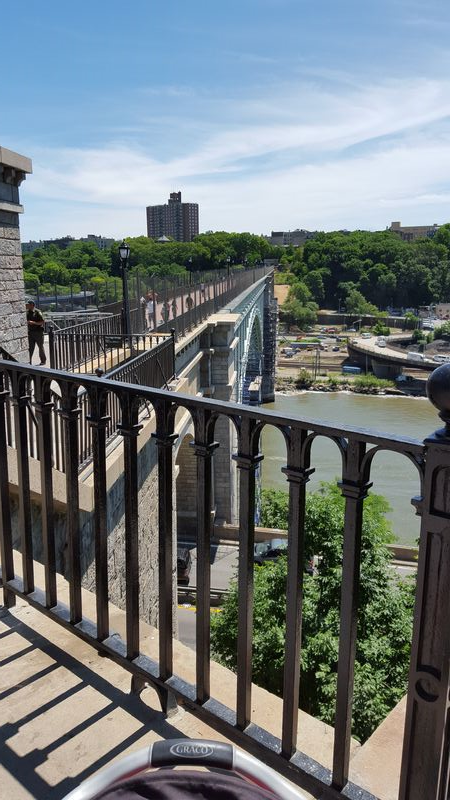
The approach to the bridge now includes both stairs and ramp access. The metal span of the bridge was added in the 1920s when central stone arches were removed at the request of the Army Corps of Engineers to facilitate boat traffic on the Harlem River.
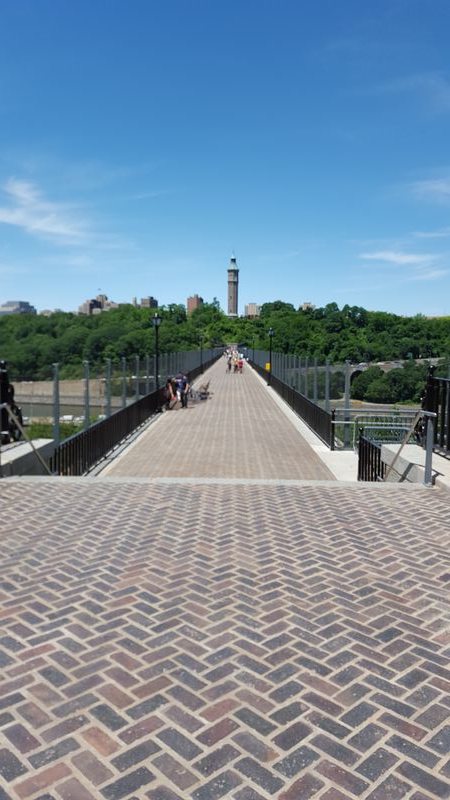
The view from the Bronx, at 170th Street and University Avenue, looking back to Manhattan.
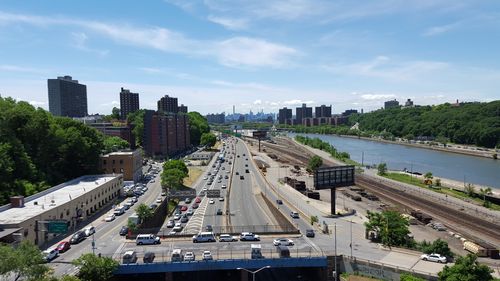
Looking south over the Major Deegan Expressway.
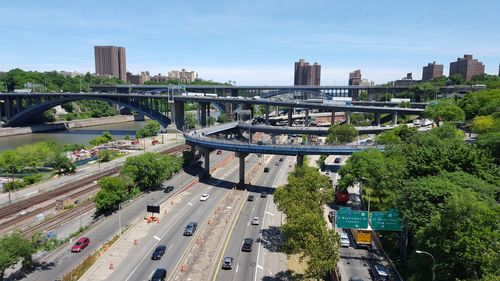
The view north in the Bronx with approaches to the Cross Bronx Expressway.
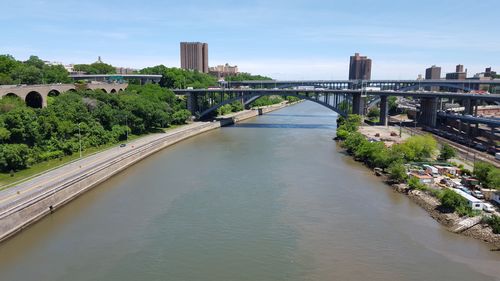
Looking north up the Harlem River. The Robert Moses-era connection from the Cross Bronx Expressway to the Harlem River Drive (built on top of the nineteenth century Harlem River Speedway) references the arches of the bridge.
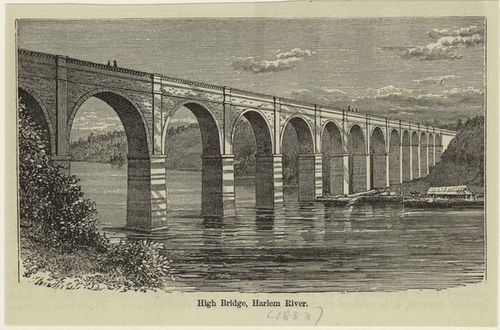
The High Bridge in New York history.
